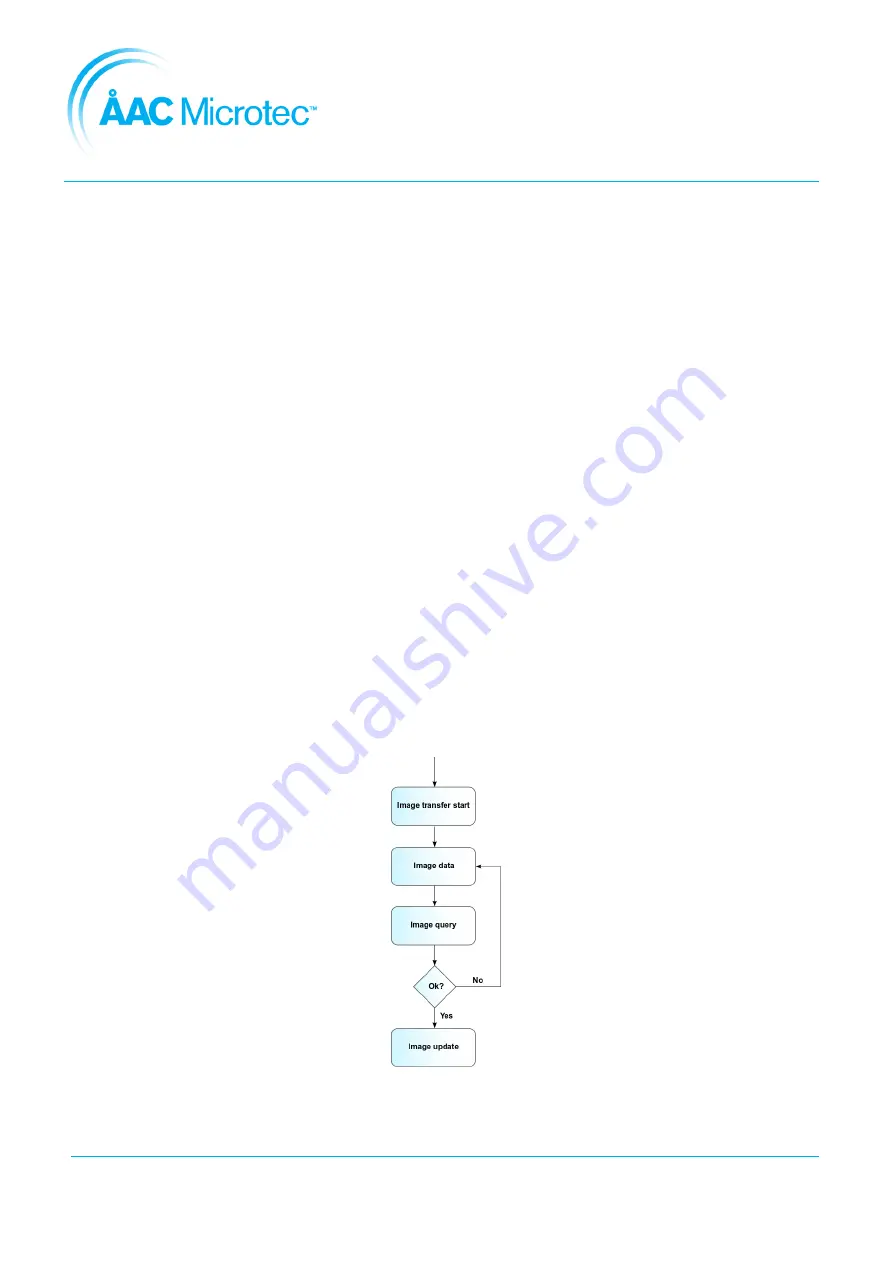
Document number
205065
Version
Rev. N
Issue date
2019-02-04
Sirius OBC and TCM User Manual
Page
150
of
174
9. Software upload
9.1. Description
During the lifetime of a satellite, the on-board software might need adjustments as bugs are
detected or the mission parameters adjusted. This module tries to solve that by providing a
means for updating the on-board software in orbit. The OBC-S and the TCM-S are both
prepared for this functionality by having two software images, where writing to the first one
requires the debugger to be connected, thus making only the second one available for
updates in orbit.
Updating a flight image entails four types of operations. First the actual data transfer and
commanding from earth, which requires the software upload mechanism to be compliant
with the CCSDS standard for TC and where the principal recipient would be the TCM-S,
regardless of the end target. The TCM-S simply acts as a router in this case, routing the
PUS command to the intended source based on the PUS APID and the TCM-S routing
table.Second would be the mechanism for distributing the image upload data to different
recipients in a data handling system (i.e. also the TCM-S itself) using the PUS extension of
the CCSDS standard (see [RD4]). Third would be the assembly of all telecommands, with a
data fragment each, into a full or partial image for update with verification. Finally, the fourth
would be the actual update of the physical flash image.
The descriptions in sections 9.3 and 9.4 will cover the two middle operations. The first (inital
CCSDS handling) and the last (flash operations) are covered in 7.6 and 5.12. The picture in
Figure 9-1shows the intended control flow when commanding the software update from
ground.
9.2. Block diagram
Figure 9-1 The intended sofware upload command flow
















































